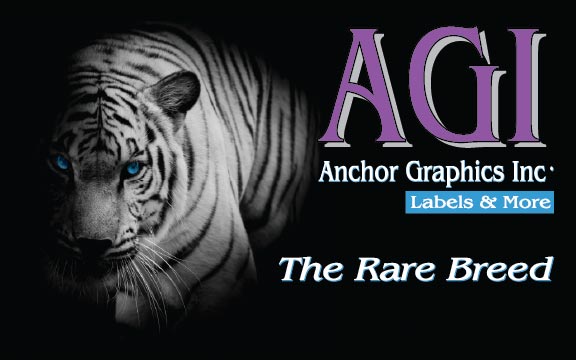Revisiting the Humble Business Card
Business cards have been around for a while. To some, it’s still almost second nature to hand them out at any opportunity. But are they still relevant, or has the humble business card been replaced with other forms of modern technology?
I believe that Business cards are as important as ever, and remain relevant in the digital age, for several reasons:
- Professionalism: Exchanging business cards is a formal and professional way to introduce oneself in various settings, including meetings, conferences, and networking events. It demonstrates preparedness and seriousness about one’s profession or business. But we should temper our habitual card exchange with a bit of mindfulness; always consider the appropriateness of the card’s receiver. In a friendly setting, an offer of a business card rather than a simple contact exchange can turn the vibe of a friendly, informal situation into something else entirely.
- Tangible Representation: Despite the widespread adoption of digital communication, physical objects still hold significance. A well-designed business card serves as a tangible representation of a person or a company, leaving a lasting impression on the recipient. How many times have you added a contact to your phone, only to forget having ever done it? Meanwhile, I sometimes leave a business card on my desk for days as a reminder to reach out when I’m ready.
- Convenience and Accessibility: Business cards are convenient to carry and distribute. They provide essential contact information in a concise format, making it easy for recipients to reach out when needed. Unlike digital contact information, which can be easily lost or forgotten, a physical card is readily accessible.
- Cultural Norms: In many cultures, exchanging business cards is a customary practice during introductions and meetings. Adhering to these norms shows respect for cultural traditions and can help establish rapport and trust. Know when it’s appropriate, but also which settings it’s not.
- Branding and Marketing: Business cards serve as a branding and marketing tool. A well-designed card with a company logo and brand colors reinforces brand identity and helps in brand recall. It’s a subtle way to promote a business and leave a lasting impression on potential clients or partners.
Over the years, business cards have evolved in various ways to stay modern and relevant.

- Design: Business cards have become more creative and visually appealing. They now come in various shapes, sizes, and materials, allowing for greater customization and personalization. The wildest business card I’ve ever seen was from computer hacker turned security consultant Kevin Mitnick, whose metal business card contained usable lockpicks! Now that’s a name you wouldn’t soon forget.
- Content: While traditional business cards typically included only essential contact information such as name, title, company, phone number, and email address, modern business cards may also incorporate social media handles, website URLs, and QR codes for easy access to additional information.
- Technology Integration: With advancements in technology, business cards have embraced digital elements. QR codes, NFC (Near Field Communication) chips, and augmented reality are some of the technologies used to enhance the functionality of business cards, providing interactive experiences or linking to online resources.
- Environmental Considerations: With increasing awareness of environmental issues, there’s a growing emphasis on eco-friendly materials and sustainable printing practices for business cards. Recycled paper, soy-based inks, and biodegradable materials are some of the environmentally friendly options available.
While the fundamental purpose of business cards remains the same—to facilitate professional networking and communication—they have adapted to the changing times through innovative designs, technological integrations, and sustainable practices. Don’t overlook the importance of the humble business card and how it can help win leads and sell products.
